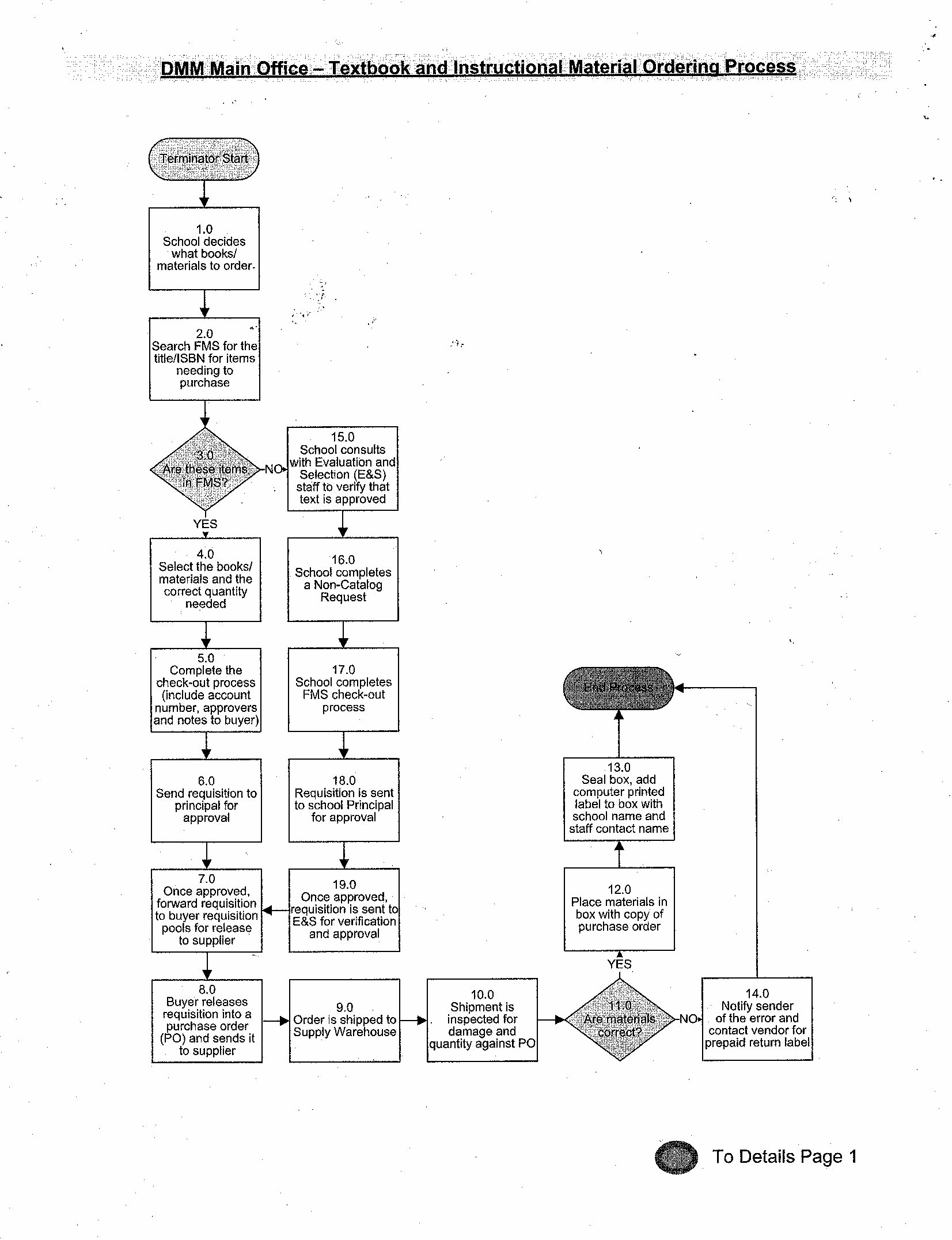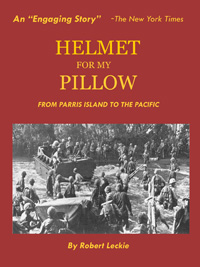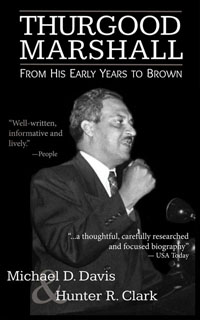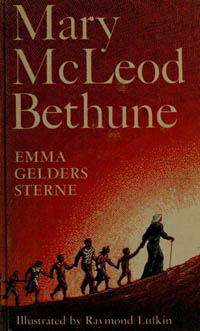Background
I love electives. They kept me in teaching. For many years in a community college, I taught books like Parallel Time, Walking with the Wind-A Memoir of the Movement, A Hope in the Unseen-An American Odyssey from the Inner City to the Ivy League, Dead Man Walking, etc. as part of ENG 101 classes. In some ways, the community college was a horrible place to teach. Most of us were adjuncts, part-timers year after year, and they forgot to pay us much. The union for the fulltime faculty in the City University of New York was too small to matter much in a city of mega-unions each with tens of thousands of members in New York City, and the fulltimers pretended that the adjuncts did not exist at contract time. But the English Department did treat adjuncts like professionals. We were allowed to select the reading materials for our classes.
If the department had forced me to use the boring anthologies in wide use in the English Department, I would have left teaching. How can instructors expect students to read about 15 or more topics in an anthology? The opportunity to connect to a topic is so limited. But enough about me.
By now we know that electives are much more likely to allow a teacher to choose reading materials that he or she cares about. With enthusiasm and energy from a teacher about the reading assignment, a class is much more likely to be engaged in the readings. But where is the evidence?
Students Chose to Be in the Elective
If you need to convince an administrator that electives engage students far more than core courses demanded by states, Jal Mehta and Sarah Price have much to say about electives in their excellent book In Search of Deeper Learning. They observed required classes and electives in a variety of high schools across the country and found that when students chose a course that they were much more involved in the content:
“In different ways, these electives were able to open up alternative possibilities for schooling, and so unleash an energy and level of student interest that was often absent from core classes. They were able to do so in part because they were buffered from many of the demands and expectations that controlled the rest of the school’s curricula. Because many of the students in electives were seniors, the college pressure was lessened, and there were more opportunities to engage in a learning rather than a performance orientation.” (p.237)
“One of the schools’ prized gems was an elective called “Philosophy as Literature.”… Much of what Mr. Fields did in his Philosophy of Literature class he could and did do in his regular disciplinary classes. Yet the fact that this was an elective made the learning environment more powerful here than in his English I classes, which we also witnessed. That students had chosen to be here was key— there was a kind of rapt, shared attention in this class that we did not see to the same degree in his regular classes…” (p. 237)
Can Electives Replace Core Survey Courses?
The electives that they describe were additions to the standard prescribed content in the high schools they visited. In Maryland where I live, the state requires 3 credits of history: US History, a National, State, and Local Government requirement–which is a civics course, and World History. And there are the AP electives. The textbook in Local, State, and National Government is horrible. A more boring book could not be written. (See McGruder’s American Government.)
People are missing in the book. There are no portraits of legislators, or judges or activists, just page after page about the structure of government. Not a word about the people who build governments but local of details about regulatory agencies. It also did not bother to write even a paragraph about Thurgood Marshall who more than did his bit to improve our world . In fact, his name does not appear even once in the book. This is so because experts in the Maryland State Education Department decided that NSL is to be about the structure of government, the branches etc. rather that people who supported or challenged the status quo.
Students have told me that this course is boring. This boring course is taught year after year to every 10th grader in Maryland. Every five years or so, Montgomery County in Maryland fires its superintendent for his or her failure to close the achievement gap in the county. But of course, the curriculum never changes. If textbooks are boring or written at a reading level beyond that of some students, it’s OK. The curriculum never even gets examined. Local principals, and school board members at the Montgomery County Board of Education lack the courage to challenge and replace the state’s horrible choices in reading materials.
It’s Time for Replacements
What would happen locally if a high school started offering the Civil Rights movement either within the NSL course or replacing the NSL course. Would bureaucrats from the state capitol in Annapolis arrive at high schools and arrest local principals for skipping the state’s requirements?
Actual Ebooks for Electives
The titles I suggest below are not a replacement for the titles teachers themselves would choose, but in each topic, I think these ebooks provide much better narratives than what is available in textbooks. Of course, it is hard to find a lower bar for narratives than the language which appears in textbooks.
The Civil Rights Movement in a Civics Course.
Mary McLeod Bethune by Emma Gelders Sterne. While Bethune is usually thought of as an educator rather than a civil rights activist, education is a fundamental civil right, of course. And readers of this book will see Bethune’s courage as she fights with the K.K.K. The book also offers many opportunities for students to compare obstacles in education then and now in writing.
Freedom Ride, Civil Rights and Non-Violent Resistance by James Peck. This book actually speaks to the conflict between federal laws and local customs that could be part of a civics course. The Supreme Court outlawed segregation in interstate travel in Boynton v. Virginia in 1960, but when activists tested this federal regulation in a bus trip through the South 1961, violence occurred. They were almost beaten to death in an Alabama bus station. The writer received 53 stitches in a hospital after the attack by a mob. What was the response of the federal government to these attacks?
Thurgood Marshall: From His Early Years to Brown by Michael D. Davis and Hunter R. Clark. In this book, readers will see how Thurgood Marshall and his colleagues in the N.A.A.C.P. spent years nudging the Supreme Court toward the Brown decision by bringing a series of earlier court cases. Readers will also learn much about Marshall’s youth in Jim Crow Baltimore. This is only one of the three books in this elective that I have taught, and my students–most of whom were immigrants–said the book helped them learn about race in America. The second biography of Marshall describes the Brown case, and the aftermath to Brown, and Marshall’s work on the Supreme Court. See Thurgood Marshall: His Triumph in Brown, His Years on the Supreme Court.
Study World War II in US History
Serenade to the Big Bird with Maps and a Study Guide by Bert Stiles. “A book of terrific impact. Perhaps the best to come out of World War II.” Philadelphia Inquirer. And this book is easy reading at a 6.2 grade level on the Flesch-Kincaid grade level scale.
Helmet for My Pillow: From Parris Island to the Pacific by Robert Leckie. This book is a page turner. A young Marine fights with bravery on island after island in the Pacific War. It is one of our most popular free downloads, and it sells very well on Amazon. It is one of the two books used to tell the story in the HBO series “War in the Pacific.” One caution. There is a brief reference to a sexual connection with an Australian woman while he is on leave in Australia which may or may not offend your students and their parents. Easy reading at 7.2 grade level.
An Army of Amateurs and Escape from Corregidor are also exciting books at the 7th grade reading level.
Study Revolutions in Europe in World History
Two witnesses to the Russian revolution brought back quite different opinions about the value of the revolution to the Russians and the world. Both accounts are highly readable. See Runaway Russia on this site with a grade level of 6.4, and Ten Days that Shook the World by John Reed on Project Gutenberg. Reed’s book has a reading level of 8.1.
In The Mad Dog of Europe, readers will see the strategies Hitler used to take power in Germany. The back story to this novel is fascinating but in a sad way. Why did Hollywood suppress this story in its original version as a film script in the early 30s? The introduction explains. Easy reading at 6.3.





